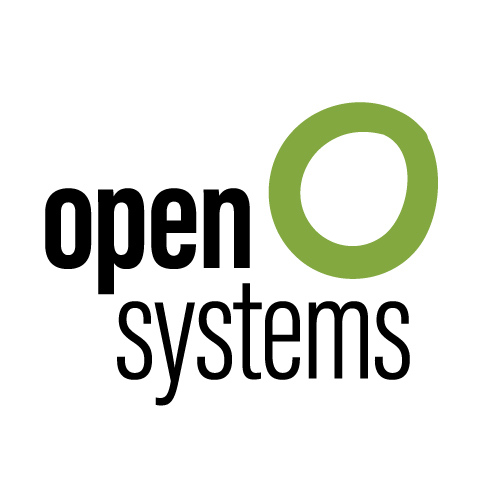
SD-WAN and the Renewed Focus on Application Optimization


A mere half a lifetime ago, applications were simply computer programs, running in one place at a time. Client/server architecture soon distributed the applications, and then the web centralized them once again by relegating the user interface to a browser thin client.
Today the pendulum swings back to distributed applications, but the modern application looks nothing like the client/server apps of the last century. Instead, its various components may be running in several clouds, in on-premises data centers, or perhaps on the edge.
This enormous complexity, fortunately, is ‘under the covers’ – hidden from view from today’s savvy digital end-users. From their perspective, these ‘apps’ – the word ‘application’ is no longer simple enough – are nothing but an icon on the screen of a smartphone. Even that icon may be too much to ask. How about ‘OK Google, what is the temperature?’
Complexity and Simplicity
This escalating complexity is astounding in its variety. Under the covers, we have SaaS, on-premises and IaaS-based microservices and other software components, as well as software running on the edge.
As Charles Araujo discussed in the previous article in this series, the complexity in the modern application environment tends to limit the agility of the organizations running them, while also expanding their threat surface dramatically.
And as I explained in the first article in this series, the edge itself is becoming more complex, as we now have three distinct edges: the cloud edge where CDNs play; the near edge for IoT gateways, remote office server rooms, and telco points of presence; and the far edge consisting of handheld devices and IoT sensors and actuators.

To rise to this complexity challenge, we introduce abstractions. Abstractions, after all, are the most important tool in the architect’s toolbelt for turning complexity into simplicity. A simple icon or voice command is all the user needs to interact with, masking the true complexity that lies underneath.
Perhaps the most important of these abstractions is how we deal with the network. Given all the network endpoints that the modern distributed application presents, taking a software-defined approach to networking is absolutely essential.
In fact, the software-defined networking abstraction serves two core purposes. First, it separates the control over the behavior of the network from the network itself. Second, software-defined networking handles security at a layer above the network, so that we no longer have to trust that the network itself is sufficiently secure.
SD-WAN and the Modern Application
Today’s software-defined wide-area networks (SD-WANs) are an integral part of this modern software-defined networking abstraction, going well beyond the abstraction of WANs that characterized earlier generation SD-WAN technologies.
Such ‘first generation’ SD-WAN products served two core functions. First, they abstracted the choice of connectivity for WAN links, enabling organizations to choose MPLS, broadband, or other protocols as a matter of policy. Second, these earlier products shifted the control over remote office networking equipment (which might be at retail locations, factories, etc., as well as offices) to a centralized operations center.
Today, modern SD-WAN offerings like those from Open Systems still offer these basic capabilities, but also offer abstracted control and trustless security for modern applications in general. This software-defined approach to network control and security is becoming increasingly important as edge computing becomes established in the enterprise.
Open Systems calls this comprehensive approach to abstracting the network network-centric infrastructure. Network-centric infrastructure extends the power of SD-WAN beyond remote office connectivity to the ‘sprawling edge,’ which contains the cloud, near, and far edges, as well as on-premises and cloud-based network endpoints.
From the perspective of the end-user, Open Systems’ network-centric infrastructure simplifies the network, combining several different components into a coordinated set of capabilities. From the perspective of the applications those users interact with, the end result is better end-to-end security without sacrificing the power that a modern distributed application can deliver.
The Intellyx Take
Enterprises of all sizes are meeting customer demands by putting increasingly sophisticated application functionality into the hands of customers, employees, and others. With sophistication comes complexity, and complexity increases the threat surface while limiting the agility the organization needs to build continued customer value.
Nevertheless, as organizations proceed with their digital transformations, this agility becomes increasingly important, as does the customer experience at the point of interaction with today’s wide variety of distributed apps. No one wants to sacrifice security to deliver on the promises of today’s digital applications.
With innovations like those from Open Systems, SD-WAN technologies are rising to this complex application challenge by abstracting the network across all the environments that impact those applications, and in turn, impact the people that use them.
Copyright © Intellyx. Open Systems is an Intellyx customer. Intellyx retains final editorial control of this article. Image credit: Marco Verch.
Leave Complexity
Behind
To learn how Open Systems SASE Experience can benefit your organization, talk to a specialist today.
Contact Us



